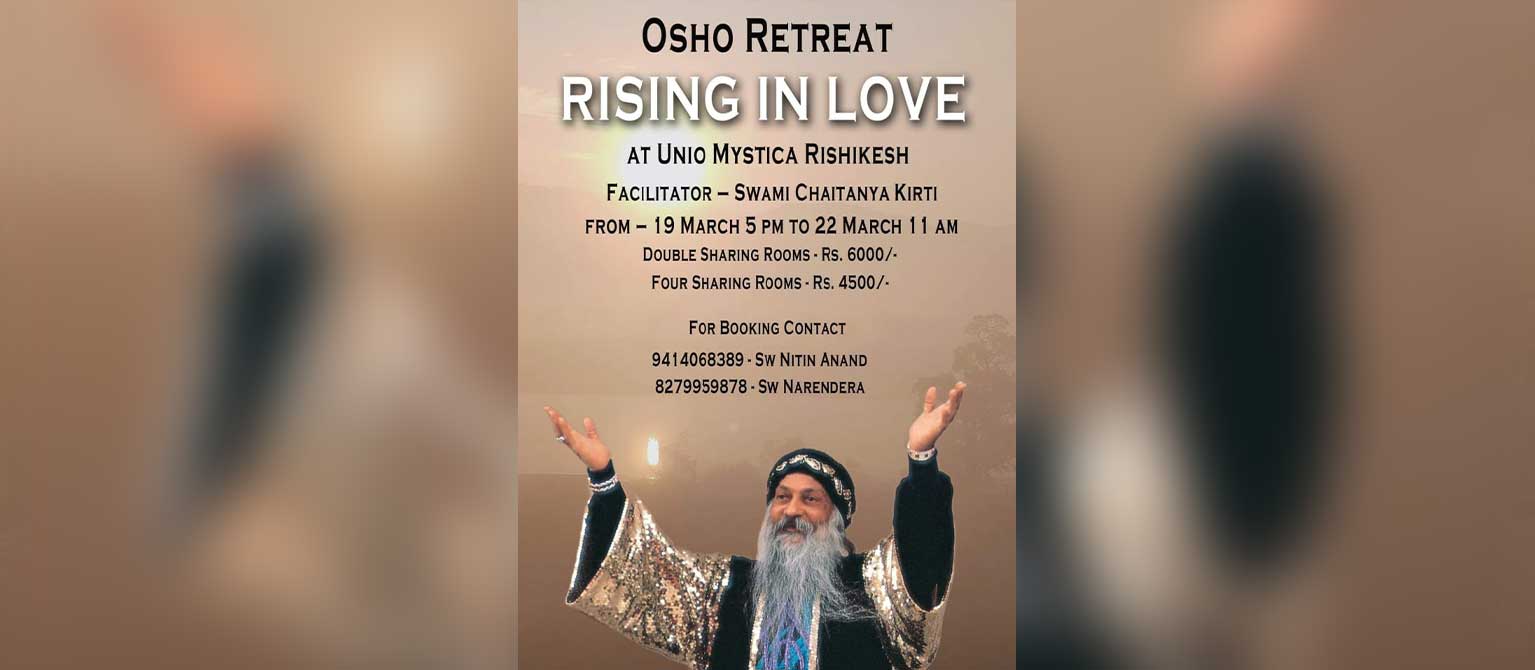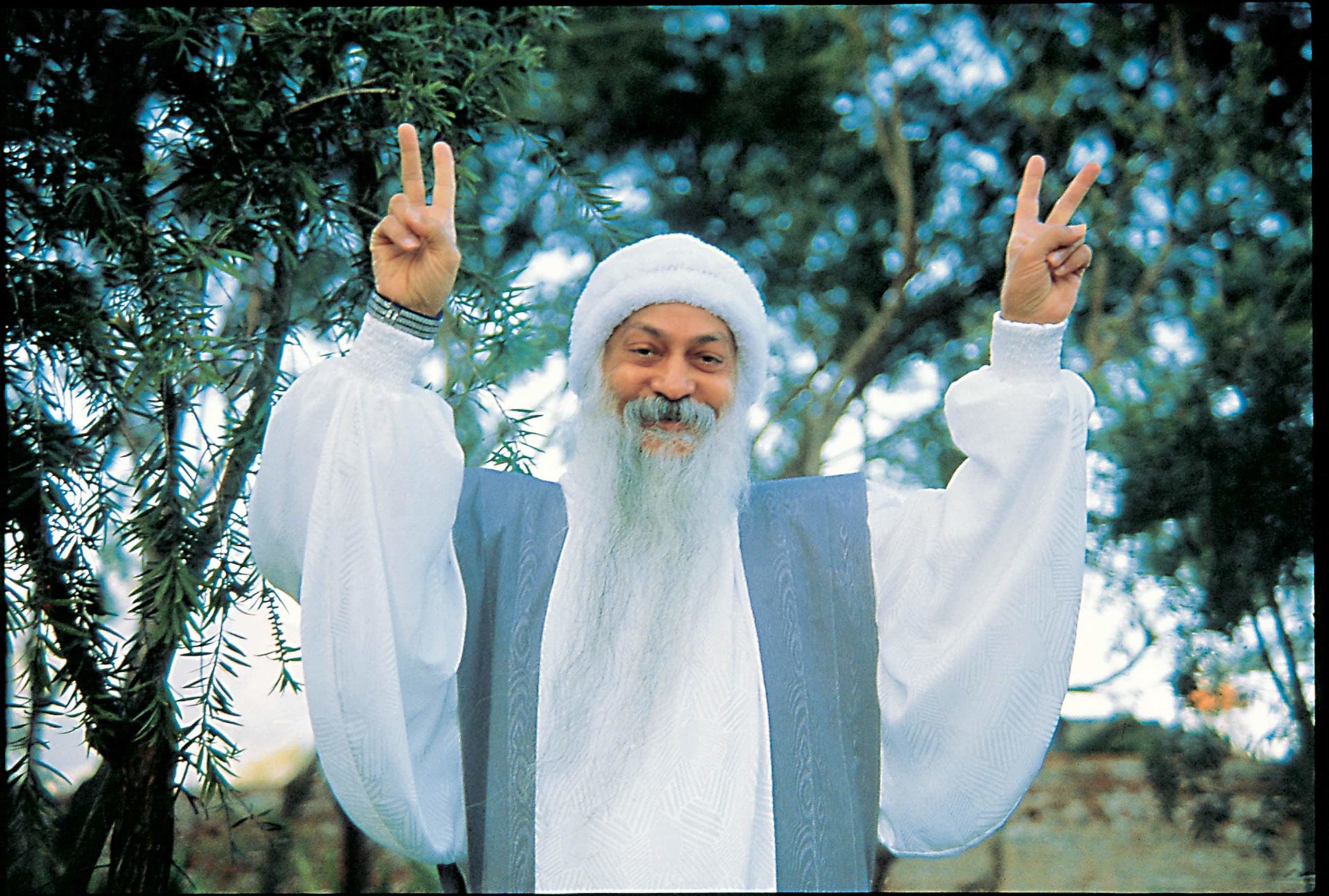By Shana Maria Verghis
The Pioneer
April 2, 2001
Swetna Mago was looking anxious-pretty. The young Bharatnatayam dancer, a seat mate at Siri Fort Auditorium on Sunday, had just sat through a dynamic one-hour dance performance called Shiva-Shakti Vandanam by Mallika Sarabhai and students of her Ahmedabad-based Darpana Academy. She was looking forward to seeing her onstage in the second sequence, “Is it a dream?” Her parents would arrive to take her home any moment, “Where is she, I do hope she comes on again!”
Swetna’s excitement was understandable. But Mallika Sarabhai’s name doesn’t have this effect on dancers alone. Her stature as a public person has won her a fan following that extends further, given her involvement in various fields. She’s sampled films (currently starring in her first Malayalam role) and television. She also heads Tara, a 24-hour “activist” Gujarati channel. And there is her dance. But of course.
Dressed in a cotton, block-print blue and white skirt-top, feet in open-front sandals, when we caught up with her at Ansal Plaza, she seemed tired, after her flight from London. But she was in an affable mood, enthusing about dance, (“something I do for relaxation”) and other projects that belong to her. For the Siri Fort show, she was invited by the Osho World foundation who are celebrating their 1st anniversary. Prior to that, she’d been in the UK three weeks, rehearsing with Nigerian choreographer Peter Badejo for Myth of Myths, a working production combining dance with story-telling. It will travel through Europe and visit India too.
Story-telling is integral to Indian dance forms like Kuchipudi and Yakshagana. It also plays an important part in western dance. Several years ago, Badejo, Mallika and John Martin, (a familiar name in the physical theatre and performance art arena), held another show, Itan Kahani, based on stories from around the world. Mallika remarked that although she does not write much, (“I had a column in the Times of India, but they threw me!”), Martin and she scripted the Itan Kahani stories together. “Many were our own tongue-in-cheek interpretations. They numbered about 150 together, so we were considering putting them in a book.”
Goes on, “Stories are all about control. They also create stereotypes. See how beautiful women are painted as ‘the bitch.’ Slow and steady wins the race, they say, when any sensible person knows slow and steady wins nothing. It’s a myth created by 9-5 types in grey business suits!”
The Shiva-Shakti Vandanam was not a new piece and it didn’t matter that she was rehearsing in London. After five years together, the dancers knew their pointers. Still, said a grinning Mallika, “I did remind my musician between rehearsals with Badejo, Natwarlal, kuch karna chahiye, kuch karna chahiye!”
Proceeds of the Osho World show will be used to set up infrastructure for victims of Gujarat earthquake, something close to the dancer’s heart. She grew up in Ahmedabad and operates her TV station and Darpana Dance Academy from there. The day of the quake, she was on the phone to her son Revantha from a Mumbai airport. “While talking, there was a tremor and he broke off, ‘Mum…I think that was an earthquake,’ ” she says.
The Shiva-Shakti Vandanam was presented as a tandava, creating and recreating the cycle of life. Explains Mallika, “It also symbolises the duty of Gujarat villages to move on and use this magic opportunity to exploit alternative energy, with long range commitments to water problems, using solar power.” Wrinkles her nose in a whisper, “Money is the problem they say, but it can be tackled.”
Is it a dream? had dancers in black costumes with red sashes and poles, performing a ritual ballet, signifying “cry against violence.” It had many admirers in the audience. The inept lighting lessened the sense of drama.
Mallika’s vivid eyes sparkle as she tells you excitedly of plans to star in a new film with Mammooty. “I’ve always wanted to do Malayalam films. Last year I got an offer to star in Susannah, but it didn’t happen. The same director Chandra is handling this film.”
She considers herself lucky to be involved in so many different lines. And when Tara’s the subject she reveals the colour of her politics.
“I’ve always been a political person, believing art is for communication and not for the greater glory. With a language so powerful it allows me to cut across national barriers. Tara has allowed me to fulfill my father (Vikram Sarabhai)’s dream, when he first introduced television in 1967 as an experiment of development communication in a democracy. Its not like I was consciously thinking, ‘Papa thought this and therefore….’ It’s a different time-frame, but people must have a voice in a democratic set up. When Tara happened, nearly nine months ago, over a lakh and 20,000 people in Gujarat were able to share their concerns. Democracy is about taking a stand and giving a voice.” What about funding? “When you’re broadcasting the hanky-panky of politicians and corporates polluting the environment, no one wants to get with you. Funding is a mess (waves her hands), but the work is worth it. I’ve had an MP who didn’t want to be revealed, passing on relevant papers concerning a scam. Twenty-calls come everyday ‘Mallikabehn, there’s this problem or the other. We’ve won impeccable credibility for ourselves.’ “








